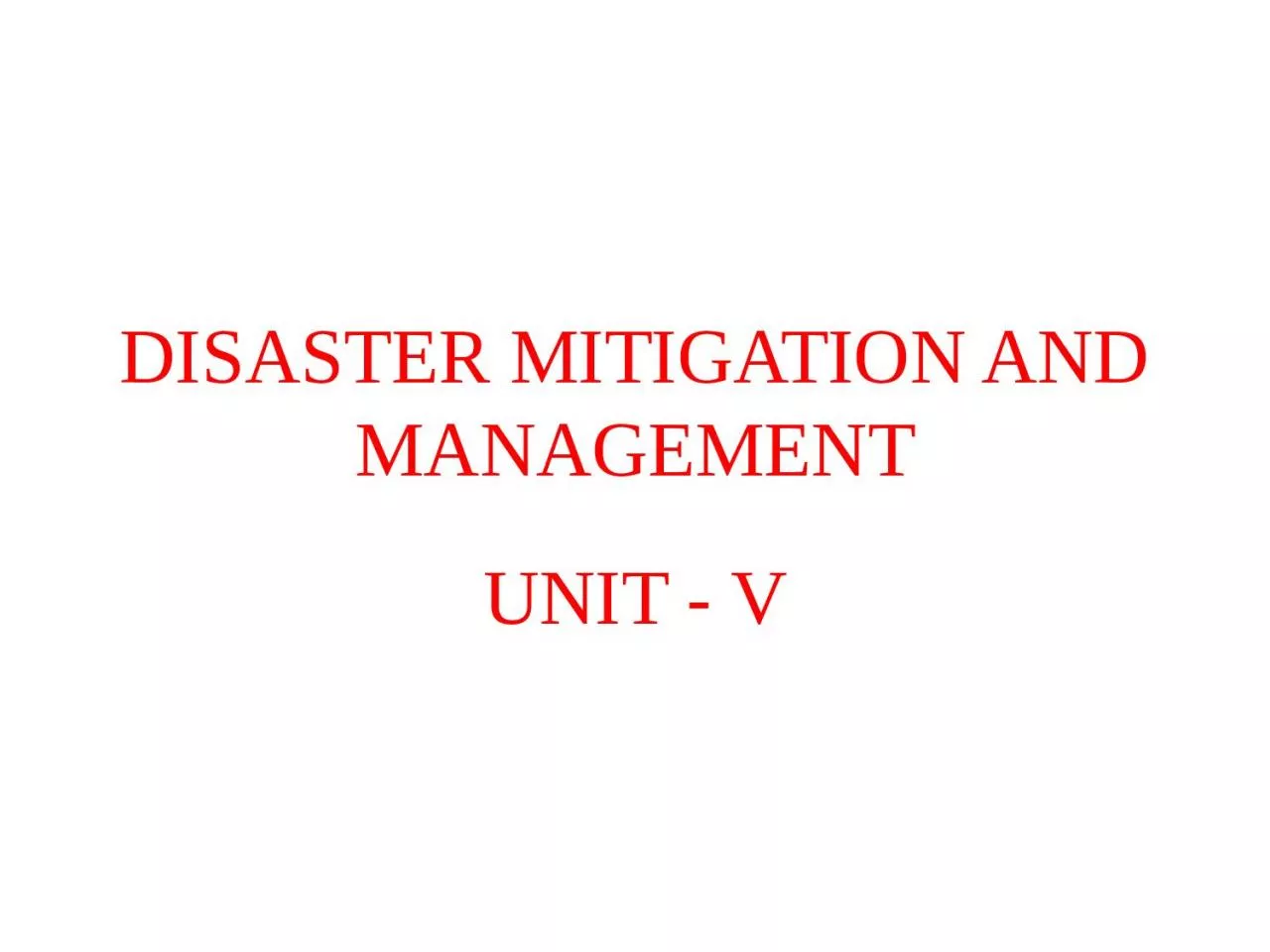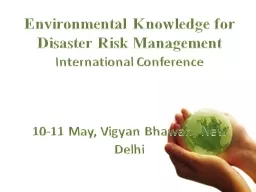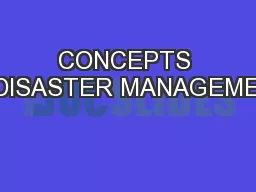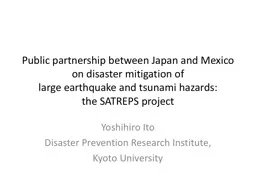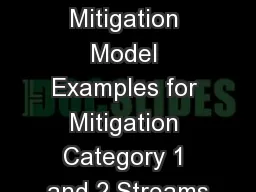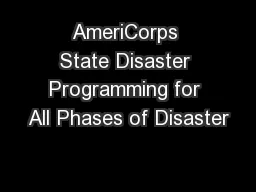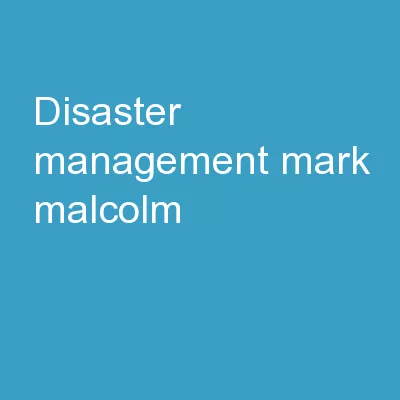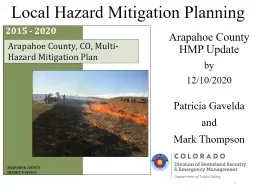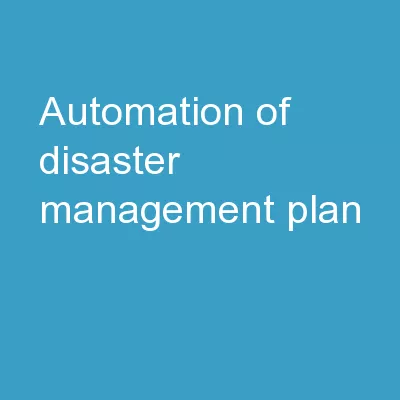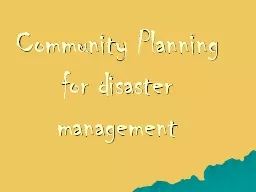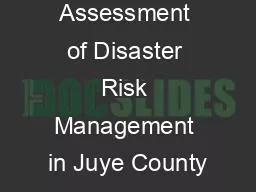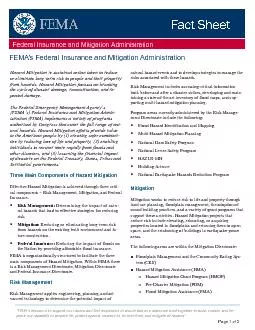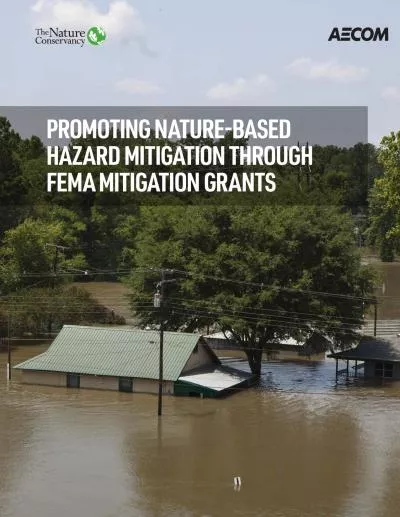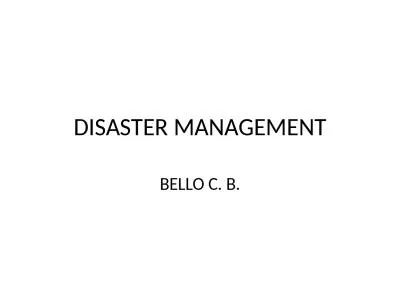PPT-DISASTER MITIGATION AND MANAGEMENT
Author : priscilla | Published Date : 2023-09-25
UNIT V PROFILE OF INDIA History of disasters during last three decades 431 Disasters occurred in India during last thirty30 years 143039 people died US 4800 crore
Presentation Embed Code
Download Presentation
Download Presentation The PPT/PDF document "DISASTER MITIGATION AND MANAGEMENT" is the property of its rightful owner. Permission is granted to download and print the materials on this website for personal, non-commercial use only, and to display it on your personal computer provided you do not modify the materials and that you retain all copyright notices contained in the materials. By downloading content from our website, you accept the terms of this agreement.
DISASTER MITIGATION AND MANAGEMENT: Transcript
Download Rules Of Document
"DISASTER MITIGATION AND MANAGEMENT"The content belongs to its owner. You may download and print it for personal use, without modification, and keep all copyright notices. By downloading, you agree to these terms.
Related Documents

